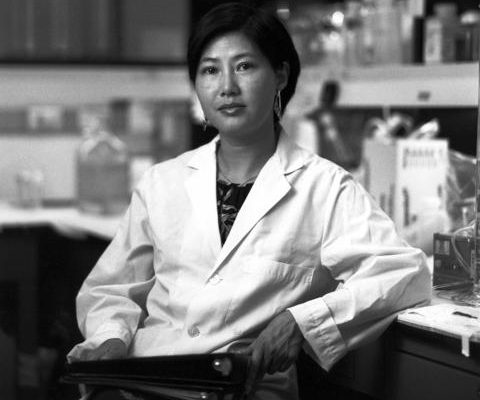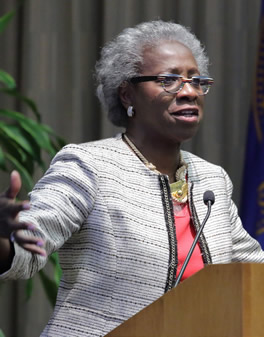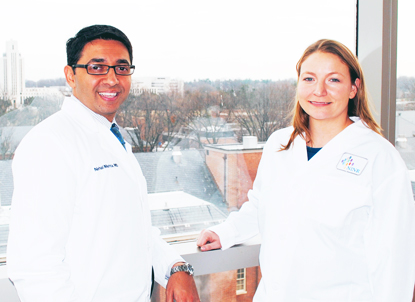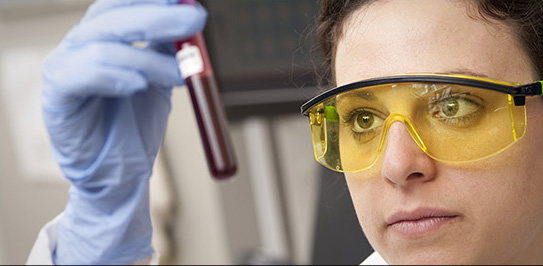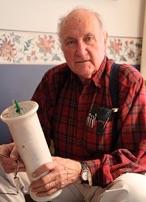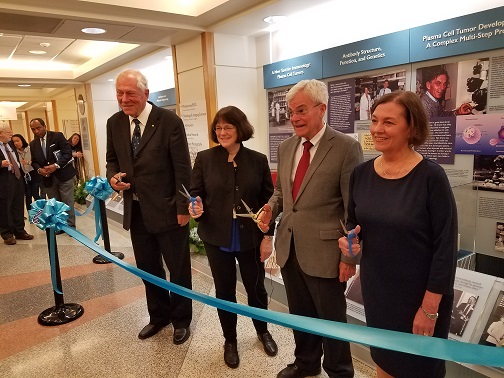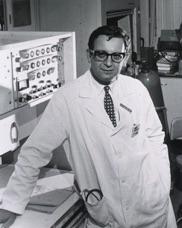Michael Gottesman
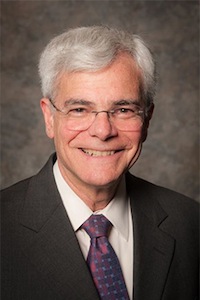
Michael M. Gottesman, M.D., is the Chief of the Laboratory of Cell Biology at the Center for Cancer Research of the National Cancer Institute. Dr. Gottesman and colleagues pioneered the characterization of molecular mechanisms that result in failure to cure cancer with chemotherapy. He also served as the NIH Deputy Director for Intramural Research from 1994-2022.
Posts By This Author
This page was last updated on Tuesday, March 14, 2023

